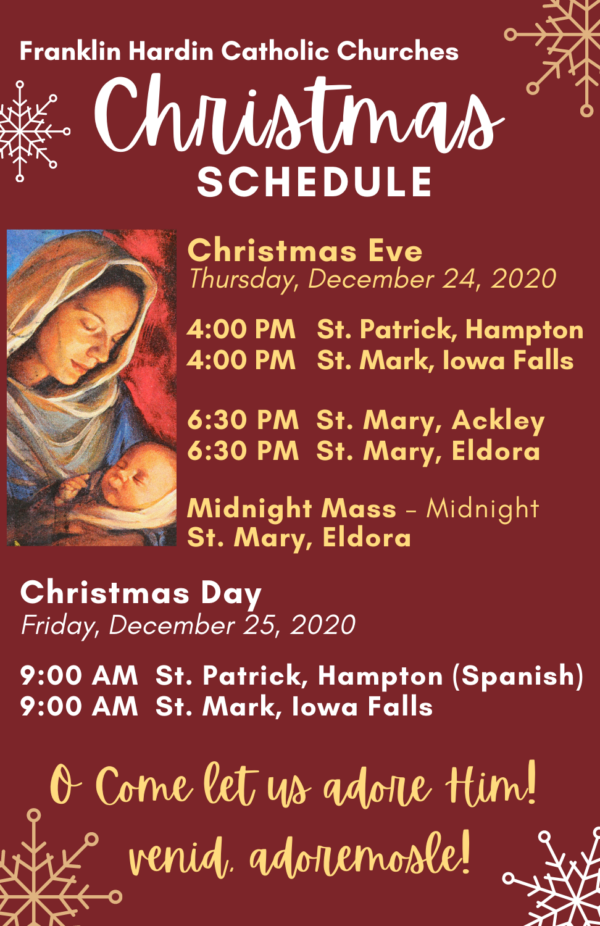As I’ve been talking about the Vatican II Council, a good question worth asking is WHY did we even HAVE the Vatican II Council? Obviously, a whole book could be written on the topic so what I will write here in a few brief words will be WOEFULLY inadequate on the subject. But I think while we all know THAT Vatican II happened, not many are as clear about WHY it happened. Historically, the Church would call a Council to clarify some sort of theological teaching of the Church. The First Seven Ecumenical Councils revolved around addressing various understanding of clarifying WHO JESUS CHRIST IS, and how to understand Him being both HUMAN and DIVINE.
The Council of Trent addressed issues that arose during the Protestant Reformation.
The First Vatican Council (Vatican I) was called to address the theological issues that arose from the Enlightenment and French Revolution. Some of these modes of thinking have been since called “Modernists.”
But what about The Second Vatican Council (Vatican II) called in the 1960s? There was not a particular theological heresy or false teaching that needed to be corrected or clarified by a Council. Thus, the emphasis of the Second Vatican Council was less about WHAT we believe, and much more about HOW do we apply that in a way to more fully engage the world, and thus more effectively proclaim Christ. Thus, it was more of a PASTORAL council than a THEOLOGICAL council.
Remember, since the last Church Council had been called (Vatican I, called in 1869), the world had some dramatic changes.
The great advance of the Industrial Revolution led to a rapid transformation in culture and society that was unprecedented! This catalyzed the rise of Marxism when people began to see many of the great injustices and oppression that happened to laborers. The world then also saw two catastrophic World Wars (between a number of nations that had been historically Christian), a Great Depression, and a tremendous advance in not only industry but also technology, catalyzing great brand new possibilities with new questions, especially of moral import (for example, the possibilities of nuclear technology with potential for great good, but also great destruction, never yet known to the world). New technology also brought about greater ease of travel and of communication, bringing about a much greater interconnectedness of the world, a phenomenon that has come to be known as globalization.
Thus seeing the world change more rapidly and dramatically than it ever had in human history, and watching the catastrophic destruction of the World Wars and the new moral questions arising, the Church saw a need to convene and have the conversation of how to apply the Deposit of Faith, (that which Christ came to teach and reveal), to this drastically changing world, now closer to the verge of self-destruction than it ever had been before! How do we more effectively as the Church draw people into the Mystery of God, His Goodness, Truth, and Beauty? How do we allow people to be fully engaged and transformed by this Mystery?
Now, unfortunately, there were some people who in the excitement of the “changes,” said, did, and taught things in the name of Vatican II that were NOT what Vatican II actually said or taught. But again, it was NOT about the Church CHANGING her teaching…rather it was about HOW we deliver and engage that teaching. It was HOW we did things that changed: Changes in some of the language we use, changes in some emphasis, changes in the Liturgy and Rites of the Church, changes in certain DISCIPLINES in the Church (such as no longer abstaining from meat EVERY Friday, only during LENT, although the Church still calls us to do SOME penitential activity each Friday of the year). But the core teachings of the Catholic Church remain the same and in continuity with that which came before.
Peace,
-Fr. Kevin

